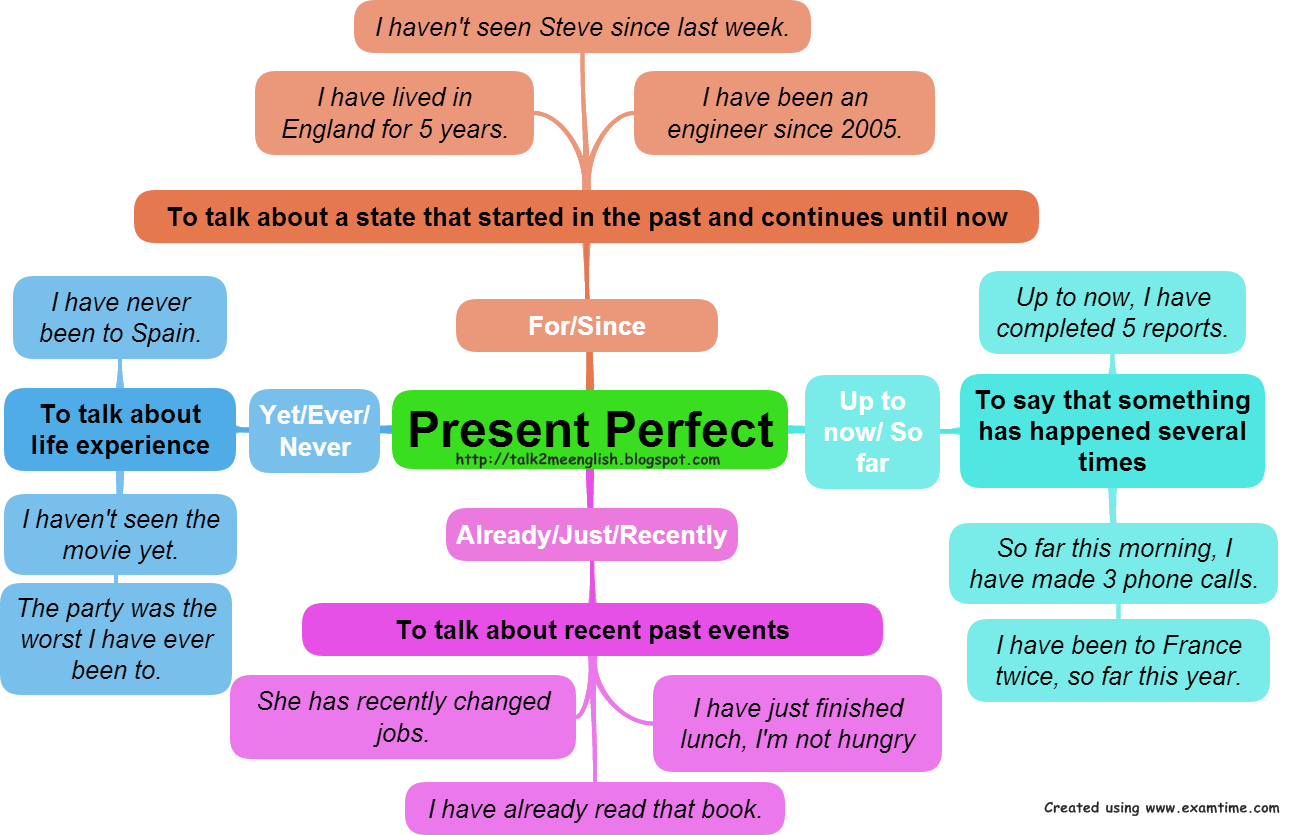I find it hard to believe that a year has passed since starting my blog. So much has happened this year, I've met so many new and interesting people and have learnt so much. In order to celebrate this one year milestone, I thought I'd try to put together a basic toolkit for online teachers. Earlier this year I wrote a guest post for the British Council's Voices Blog about online teaching and I often receive messages asking for advice about how to get started and where to advertise for students; I'm no expert, but I can share the websites, tools and platforms that I use and find useful.
I've created a 'Toolkit for Online Teachers' using Symbaloo, it's divided into 7 categories, each category contains a selection of web pages grouped together with a different coloured background. I learnt about Symbaloo in a 'Google Tools for Education' webinar that I attended by Rich Kiker; it's a visual bookmarking tool, that allows you to access your bookmarks anywhere with any device and share your online resources with others.
Click to view the interactive toolkit: Online Teacher Toolkit
Teaching Platforms: A collection of free platforms that can be used for teaching.
Finding Students: A collection of websites and online marketplaces, for advertising your teaching services.
Creating Materials: A collection of web tools that are useful for creating your own online materials, presentations, interactive video lessons and free downloadable pictures.
Cool Tools: A collection of websites that I find useful: an online file converter web app for storing articles to read later and an app that rephrases and simplifies difficult texts.
Reference Tools: A collection of useful tools for you and your students: a translator, speaking dictionary, a tool for improving written English and a Grammar website with explanations, daily activities and exercises.
For Inspiration: A collection of websites that I use for self-development and lesson ideas.
Most of the links are self-explanatory, but I would like to give a little bit more information about the 'Finding Students' category. I've been experimenting with a few of the online marketplaces and I thought it might be useful to share my experiences.
italki : You can sign up for professional lessons or informal tutoring, it's a marketplace and community where people can teach and learn languages. You can boost your profile by writing articles and correcting student's work. The platform sends you updates and tips and it's a very well thought out, reliable system. One of the main advantages of italki is the booking system, students see your availability in their local time and then send you a request for a lesson within the system. It's a quick, no nonsense way to set up lesson reservations. italki charge a 15% commission for each lesson, so take that into consideration when pricing your lessons. Your revenue is transferred to your Paypal account on request. *Update 01.01.05 Of the platforms that I have been experimenting with, italki has undoubtedly been the most successful. I highly recommend using italki, their system is professional and reliable.
Blabmate: Is a directory for qualified English teachers, tutors and conversation partners. It's a new website, designed to connect teachers and students online. Teachers pay a small fee of £1.40 per month and that's it, no further charges or commission. The recommended rate for conversation practise is £8.00 per 40 minutes. *Update 01.01.05 the Blabmate team are dedicated to helping teachers find students, the platform is currently being improved. I have received a number of emails from potential students since signing up, but it seems many of them are looking for free lessons. Due to the fact that the platform is new, I think that it's worth being patient, I have a feeling that it will be a good source of students in the near future.
Blogger: I added Blogger to this collection because I believe that having your own blog or website is your best online 'calling card'; it is 'the' way to introduce yourself and guarantee to a student that you're an authentic, professional, established teacher.
www.learnoutlive.com: Offers the possibility for independent teachers to advertise themselves and add a link to their blog or website, for free.
Unfortunately, there wasn't enough space in my Toolkit to add all the blog posts by the incredibly talented teachers that have helped and inspired me this year. However, the link to the British Council Teaching English Facebook page, in the 'Inspiration category', is the best place to discover these blog posts and teachers. I highly recommend visiting there regularly and would like to thank all the teachers for sharing their ideas, knowledge and experiences.
* I must state that I am not being paid to endorse any of the above websites, nor can I take any responsibility for anything that may occur should you choose to use them.
Season's Greetings, Happy New Year and Happy Online Teaching!
Please feel free to comment, I appreciate any feedback. If you are a Google+ member please comment below. If you're on Facebook please message me there and of course you can always send me an email: emma_segev@yahoo.co.uk
I've created a 'Toolkit for Online Teachers' using Symbaloo, it's divided into 7 categories, each category contains a selection of web pages grouped together with a different coloured background. I learnt about Symbaloo in a 'Google Tools for Education' webinar that I attended by Rich Kiker; it's a visual bookmarking tool, that allows you to access your bookmarks anywhere with any device and share your online resources with others.
Click to view the interactive toolkit: Online Teacher Toolkit
Categories:
Lesson Plans: A collection of websites containing ready-made lesson plans.Teaching Platforms: A collection of free platforms that can be used for teaching.
Finding Students: A collection of websites and online marketplaces, for advertising your teaching services.
Creating Materials: A collection of web tools that are useful for creating your own online materials, presentations, interactive video lessons and free downloadable pictures.
Cool Tools: A collection of websites that I find useful: an online file converter web app for storing articles to read later and an app that rephrases and simplifies difficult texts.
Reference Tools: A collection of useful tools for you and your students: a translator, speaking dictionary, a tool for improving written English and a Grammar website with explanations, daily activities and exercises.
For Inspiration: A collection of websites that I use for self-development and lesson ideas.
Most of the links are self-explanatory, but I would like to give a little bit more information about the 'Finding Students' category. I've been experimenting with a few of the online marketplaces and I thought it might be useful to share my experiences.
italki : You can sign up for professional lessons or informal tutoring, it's a marketplace and community where people can teach and learn languages. You can boost your profile by writing articles and correcting student's work. The platform sends you updates and tips and it's a very well thought out, reliable system. One of the main advantages of italki is the booking system, students see your availability in their local time and then send you a request for a lesson within the system. It's a quick, no nonsense way to set up lesson reservations. italki charge a 15% commission for each lesson, so take that into consideration when pricing your lessons. Your revenue is transferred to your Paypal account on request. *Update 01.01.05 Of the platforms that I have been experimenting with, italki has undoubtedly been the most successful. I highly recommend using italki, their system is professional and reliable.
Blabmate: Is a directory for qualified English teachers, tutors and conversation partners. It's a new website, designed to connect teachers and students online. Teachers pay a small fee of £1.40 per month and that's it, no further charges or commission. The recommended rate for conversation practise is £8.00 per 40 minutes. *Update 01.01.05 the Blabmate team are dedicated to helping teachers find students, the platform is currently being improved. I have received a number of emails from potential students since signing up, but it seems many of them are looking for free lessons. Due to the fact that the platform is new, I think that it's worth being patient, I have a feeling that it will be a good source of students in the near future.
Blogger: I added Blogger to this collection because I believe that having your own blog or website is your best online 'calling card'; it is 'the' way to introduce yourself and guarantee to a student that you're an authentic, professional, established teacher.
www.learnoutlive.com: Offers the possibility for independent teachers to advertise themselves and add a link to their blog or website, for free.
Unfortunately, there wasn't enough space in my Toolkit to add all the blog posts by the incredibly talented teachers that have helped and inspired me this year. However, the link to the British Council Teaching English Facebook page, in the 'Inspiration category', is the best place to discover these blog posts and teachers. I highly recommend visiting there regularly and would like to thank all the teachers for sharing their ideas, knowledge and experiences.
* I must state that I am not being paid to endorse any of the above websites, nor can I take any responsibility for anything that may occur should you choose to use them.
Season's Greetings, Happy New Year and Happy Online Teaching!
Please feel free to comment, I appreciate any feedback. If you are a Google+ member please comment below. If you're on Facebook please message me there and of course you can always send me an email: emma_segev@yahoo.co.uk













.jpg)












